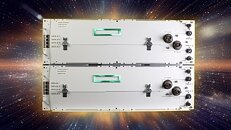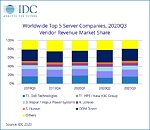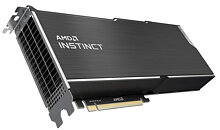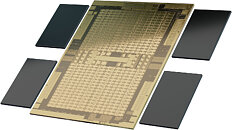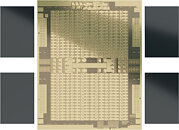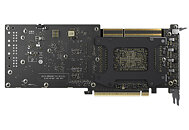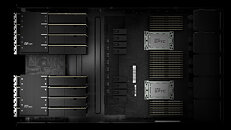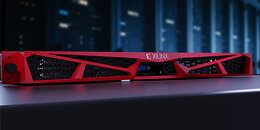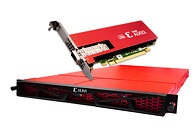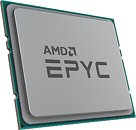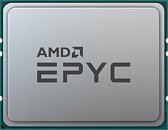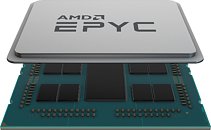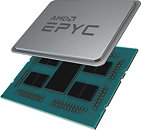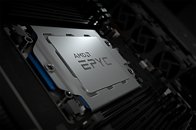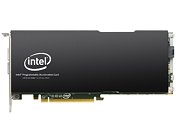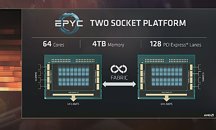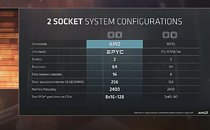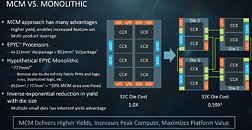HPE Develops New Spaceborne Computer-2 Computing System for the International Space Station
Hewlett Packard Enterprise (HPE) today announced it is accelerating space exploration and increasing self-sufficiency for astronauts by enabling real-time data processing with advanced commercial edge computing in space for the first time. Astronauts and space explorers aboard the International Space Station (ISS) will speed time-to-insight from months to minutes on various experiments in space, from processing medical imaging and DNA sequencing to unlocking key insights from volumes of remote sensors and satellites, using HPE's Spaceborne Computer-2 (SBC-2), an edge computing system.
Spaceborne Computer-2 is scheduled to launch into orbit on the 15th Northrop Grumman Resupply Mission to Space Station (NG-15) on February 20 and will be available for use on the International Space Station for the next 2-3 years. The NG-15 spacecraft has been named "SS. Katherine Johnson" in honor of Katherine Johnson, a famed Black, female NASA mathematician who was critical to the early success of the space program.
Spaceborne Computer-2 is scheduled to launch into orbit on the 15th Northrop Grumman Resupply Mission to Space Station (NG-15) on February 20 and will be available for use on the International Space Station for the next 2-3 years. The NG-15 spacecraft has been named "SS. Katherine Johnson" in honor of Katherine Johnson, a famed Black, female NASA mathematician who was critical to the early success of the space program.
